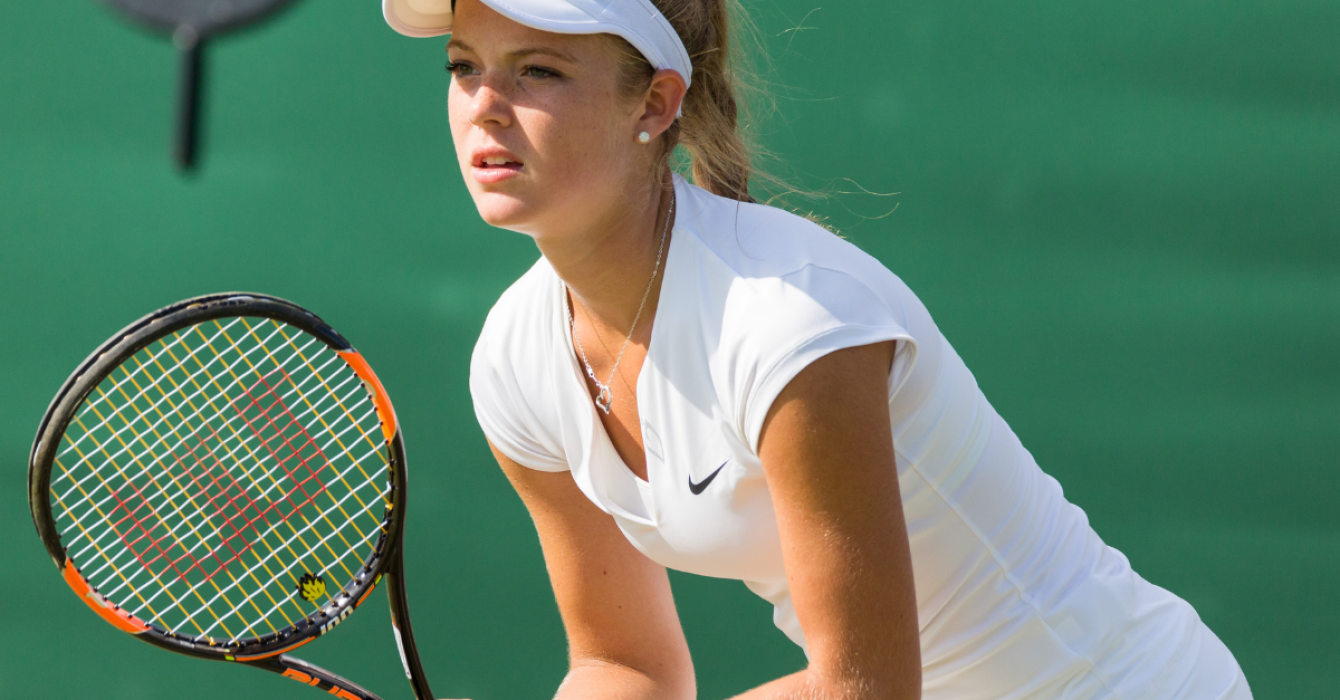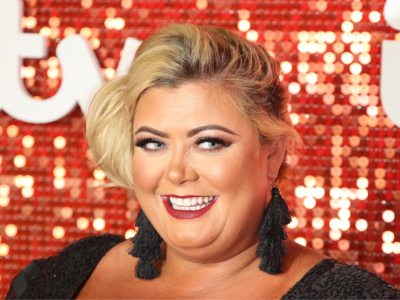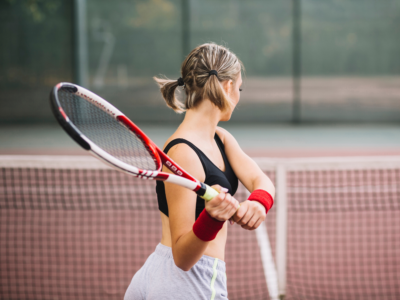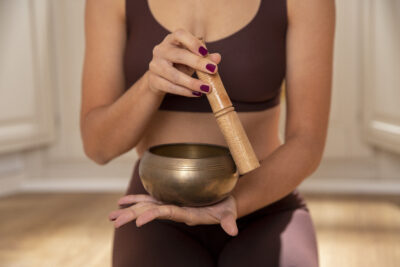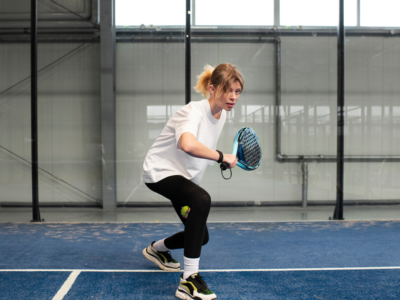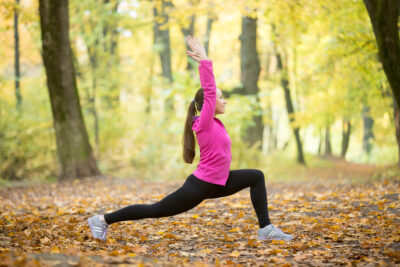With the Wimbledon Championships 2025 finally here, the spotlight is back on the world’s top tennis stars — and the intense training regimens that get them match-ready.
Whether you’re preparing for a Hyrox fitness competition or simply curious about the life of a professional athlete, understanding how elite players train can inspire your own routine.
To dig deeper into what it really takes to train like a pro, we spoke to Alex Ward, a former professional tennis player turned coach, who previously worked with British hopeful Katie Swan.
Read more: 9 big screens to watch Wimbledon in London 2025
What does a professional tennis player’s training routine look like?
According to Alex, tennis demands a body that’s strong, agile and injury-resilient across all muscle groups.
Since retiring in 2018, Alex has transitioned into coaching, focusing on athlete development and tournament preparation. He emphasises a key principle: consistency without injury. “The most important thing is to stay healthy and injury free, and to be able to keep banking good days and good weeks. I’ll happily call a session early if I think there’s a high injury risk or we’re pushing too hard”, he says.
In 2022, Katie Swan entered Wimbledon as a wildcard alongside other British talents like Cameron Norrie and Katie Boulter. Though she was eventually bested by Swiss star Belinda Bencic, her preparation was meticulous.
The weekly training plan of a pro tennis player
When it comes to Katie’s training, Alex’s typical cycle consisted of six days of sessions with one complete rest day per week. The sessions involve a combination of tennis, speed endurance and strength.
“It’s important to have a diverse flow of sessions, so we try to schedule easier days around the harder ones,” he says. “Not only does this get the body accustomed to the load, but it also gave Katie the mental confidence needed going into tournaments.”
Strength, agility and tennis sessions are all a part of a professional tennis player’s typical routine.
Read more: How to play padel – sport rules, tactics and shoes explained
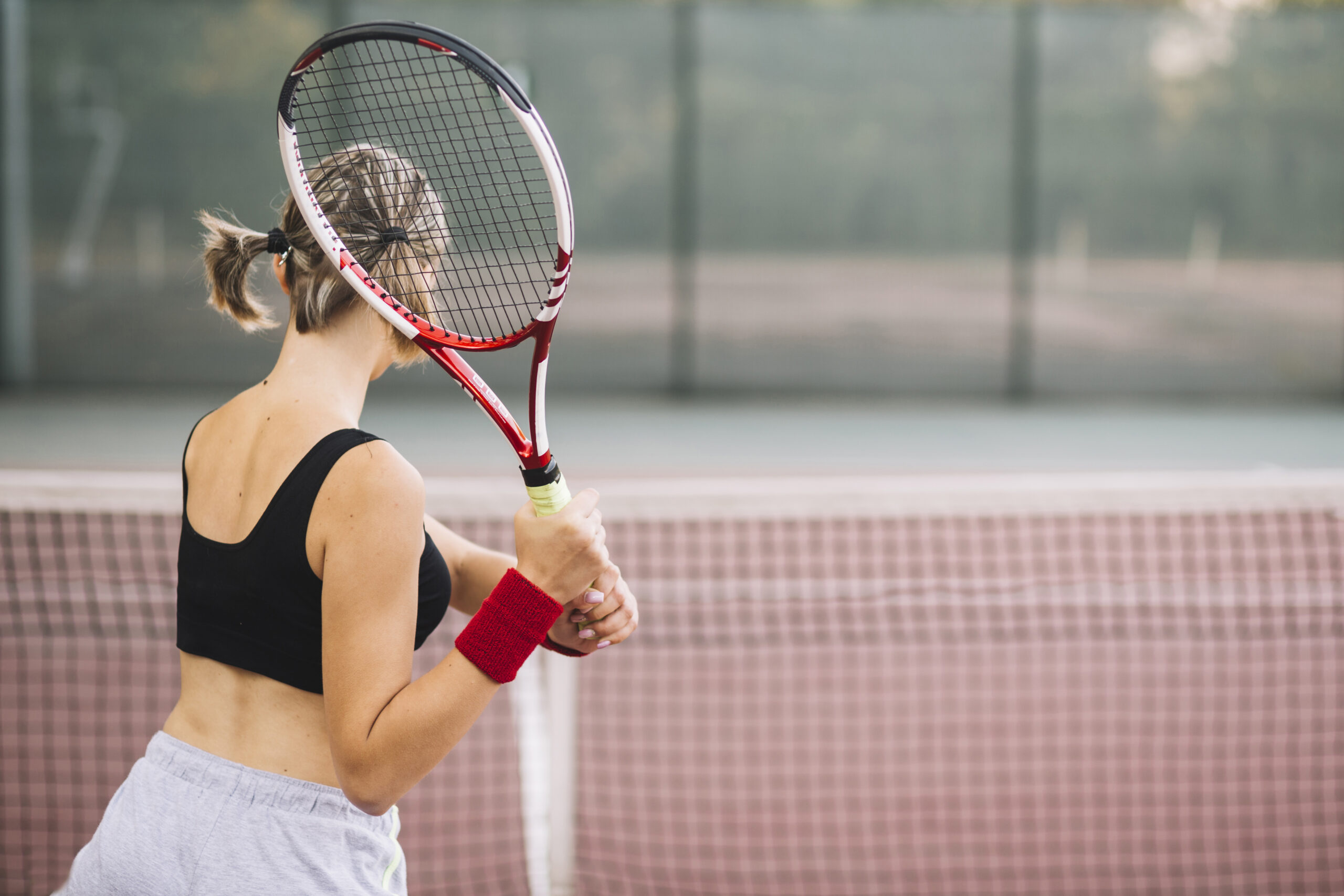
Injury prevention and surface-specific conditioning
Injury prevention is also important: this involves band work with low weights and high reps.
Training also varies depending on whether the tournament is on a grass or clay court. Wimbledon, for example, takes place on a grass court, where Alex notes that the ball has a lower bounce, so Katie was doing more glute work to keep her strong in low positions. There’s also a variety of other training techniques that coaches use, which may come as a surprise.
Surprising tennis techniques used in training
It’s not all barbells and baseline drills. “Spikeball is a brilliant warm-up tool,” says Alex. “It gets the heart rate up and sharpens reactions.” Typically a kid’s game found in back gardens, Spikeball is where you have a small circular net on the ground, off which the players bounce a tennis ball.
Another go-to is interval training with 25-second rest periods—mirroring the breaks between tennis points. “It’s fantastic conditioning for the match rhythm.”
What do professional tennis players eat?
Training is just one part of the puzzle — sports nutrition is equally crucial.
“Pro players need a high-calorie, nutrient-dense diet,” Alex notes. “The night before a match, we load up on carbs and follow with easy-to-digest meals about two hours before game time.”
Matches can run from 45 minutes to four hours, so fuel and hydration are non-negotiable:
-
Electrolyte-rich drinks (like coconut water or Lucozade Sport)
-
Bananas and dates for quick energy
-
Energy gels to delay fatigue
-
Caffeine, taken about 60 minutes pre-match for performance boost
Read more: Harry Styles’ full gruelling workout routine revealed
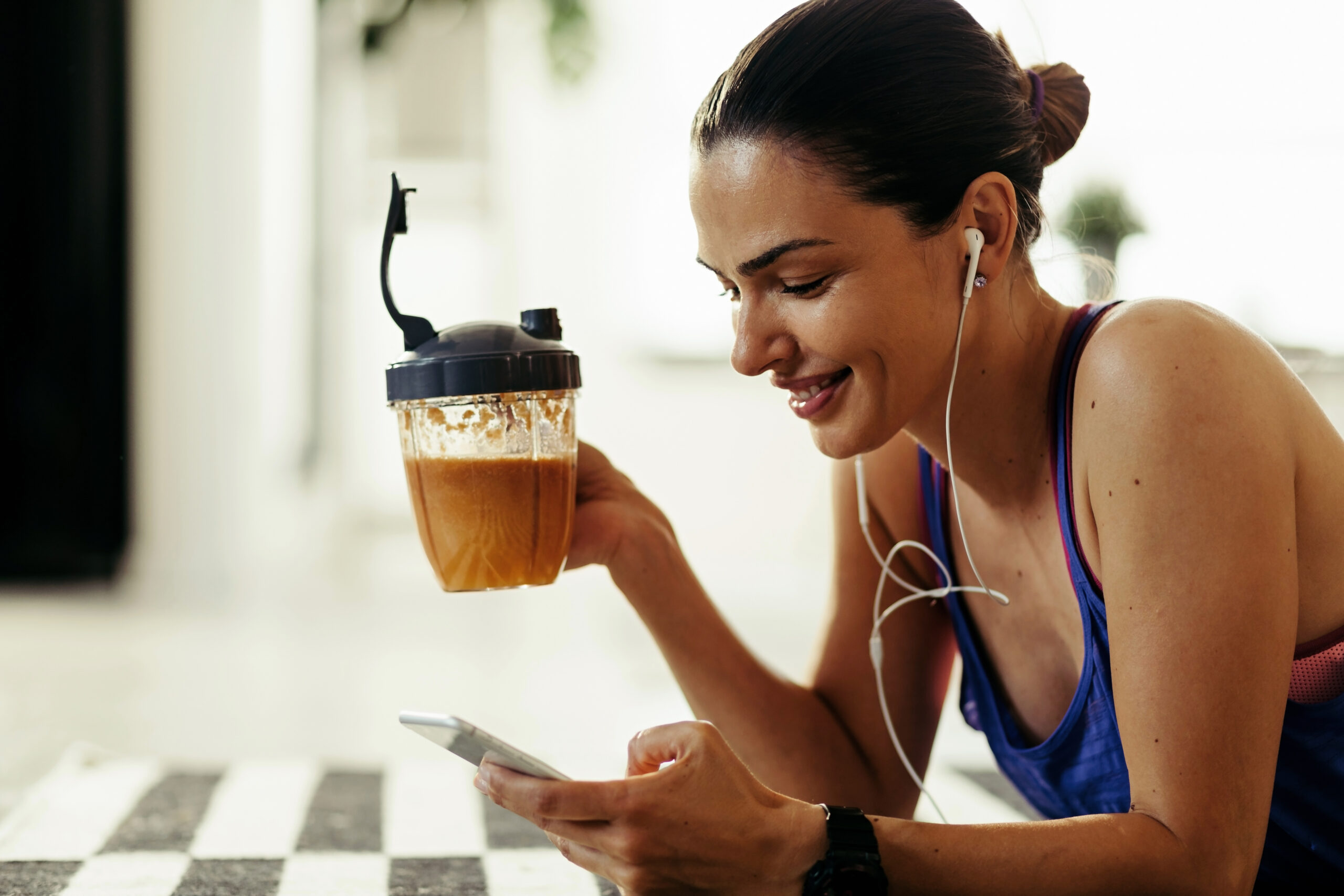
How do professional tennis players recover?
Alex stresses that sleep is the number one recovery tool, something no supplement or device can replace.
Other recovery methods include:
-
Stretching and yoga
-
Massage therapy
-
Mental recovery through hobbies and downtime
“Tennis is as much of a mental sport as it is a physical one, so it’s often the player in the better headspace who will come out on top,” he adds. Meditation is also part of the recovery toolkit.
Feature image: Diliff via Wikimedia Commons

